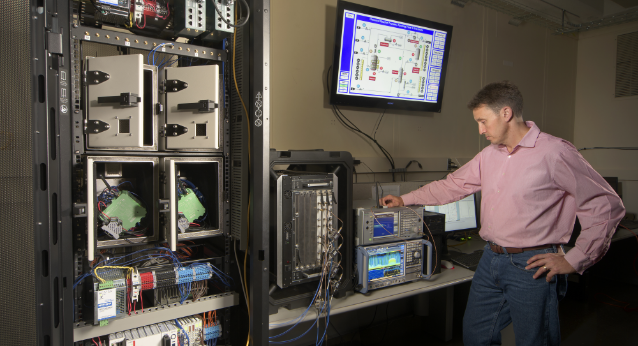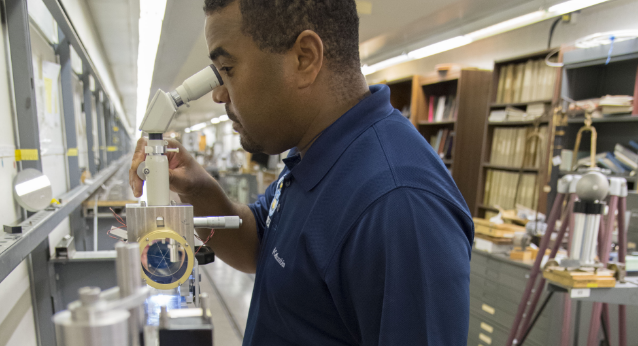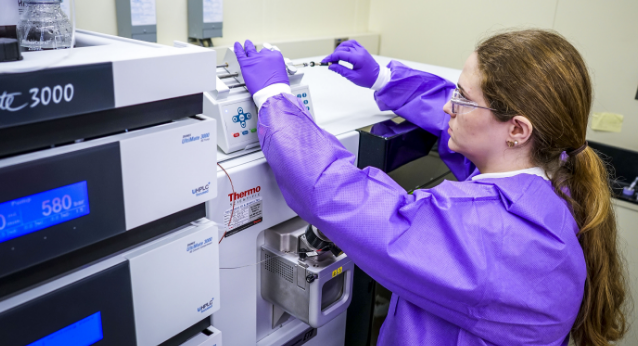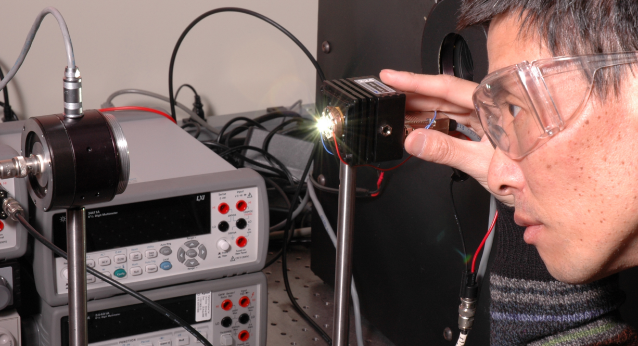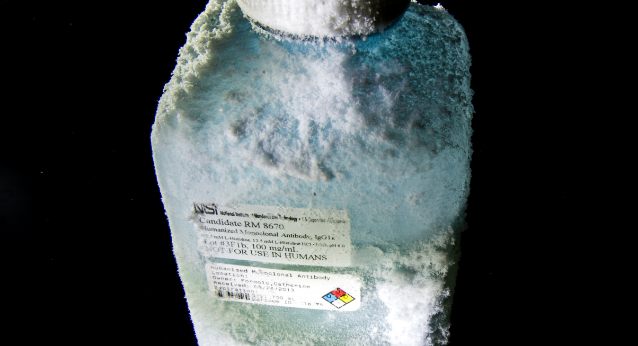When we talk about standards in our personal lives, we might think about the quality we expect in things such as restaurants and first dates. But the standards that exist in science and technology have an even greater impact on our lives. Technical standards keep us safe, enable technology to advance, and help businesses succeed. They quietly make the modern world tick and prevent technological problems that you might not realize could even happen.
The National Institute of Standards and Technology (NIST) has been deeply devoted to efforts in this area for more than 120 years. NIST has brought about improvements to everyday life you may take for granted, and solved problems that have advanced everything from manufacturing to public safety.
Take fire hydrants. If you ever have to call 911 to report a fire, you don’t have to worry about the hoses that firefighters bring when they arrive.
But that wasn’t the case in the Great Baltimore Fire of 1904, which burned for more than a day and destroyed 1,500 buildings. Starting on a quiet Sunday morning, the fire spread quickly and overwhelmed the city’s ability to fight it alone. Fire companies from New York, Philadelphia, Wilmington, Harrisburg and elsewhere swiftly rushed in to help. They had more than enough water and people to fight the fire, but there was a problem: Most of their fire hoses wouldn’t fit the hydrants, prolonging the fire to 30 hours and damaging an area the size of 70 blocks in the city’s business district.
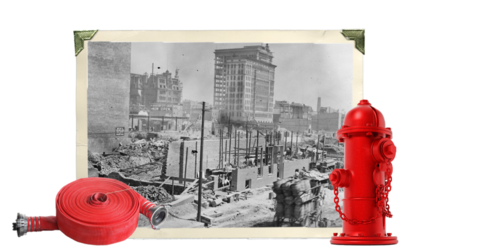
A NIST study found more than 600 variations in firehose fittings across the U.S. NIST worked with the National Fire Protection Association to usher in a national standard for fire hydrant connections. Thanks to this standard, firefighters from different companies could work together more easily to extinguish large fires and prevent another disaster like the 1904 Baltimore blaze.
NIST also looks toward the future in order to avert technological catastrophes. As a prime example, all personal and financial information on the internet faces a grave threat of being exposed by future versions of so-called quantum computers. Such powerful computers could break the current encryption schemes that are used to protect everything from online banking to our email accounts. Thankfully, however, decades of basic research by mathematicians have led to forms of encryption that even quantum computers would have trouble breaking. Using these “quantum-resistant” mathematical functions, NIST has been working with the academic and industrial communities to develop a “post-quantum cryptography” standard, with the initial release of four algorithms in 2022.
Standards are everywhere if you look for them. NIST helped to specify the standard color of school buses to help drivers recognize them instantly. Medical procedures deliver accurate amounts of X-rays and other radiation thanks in part to NIST’s national standards for ionizing radiation and radioactivity. We can use credit cards seamlessly in most places around the world thanks to standards.
Why Is There a Whole Federal Agency Devoted to Standards?
Now that you know a little more about standards, you might still find it surprising to learn there is an entire federal agency devoted to them. But the factors that led to NIST’s origin in 1901 have similarities to many of the major issues we face today in the U.S. economy and the world at large.
Electricity was energizing our country in new ways, powering streetlights, moving vehicles and transmitting messages, reminiscent of how electric vehicles, solar panels and LED lights are currently transforming our tech landscape. But back then, there was an almost complete lack of standards: Electrical components couldn’t fit together or work with one another, and scientists in different companies didn’t have agreed-upon conventions for making electrical measurements. The same could be said for just about any U.S. industry, from construction to food production. For example, there were eight different “authoritative” values of the gallon.
Meanwhile, there was fierce international competition in science and technology. England, Russia, Germany, and Austria had created national standards laboratories to support their science and commerce. Americans were calling for a similar government agency to support commerce and to compete internationally.
In March of 1901, Congress passed legislation to establish and fund the National Bureau of Standards. First housed in the Treasury Department, NBS moved two years later to the newly formed Department of Commerce and Labor, and then in 1913 to the stand-alone Commerce Department, where it still exists today. The agency was renamed the National Institute of Standards and Technology in 1988, to reflect an expanded mission to promote U.S. innovation and industrial competitiveness.
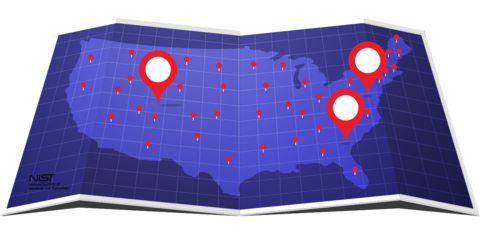
Today, NIST is headquartered in Gaithersburg, Maryland; has another major campus in Boulder, Colorado; and belongs to multiple joint institutions. NIST has five major laboratories, two user facilities, and three programs devoted to manufacturing and performance excellence. Five scientists have received Nobel Prizes for work they did while at NIST, and countless others have received prestigious awards from technical organizations.
Even though the agency is just a little bit over a century old, NIST’s roots go all the way back to the U.S. Constitution. Section 8 calls for the United States “to fix the Standard of Weights and Measures” to support commerce across the nation.
But before we go any further, let’s talk more about what we mean by “standards.” In the world of science and technology, there are actually two major types of standards, and they are almost like apples and oranges. Let’s first go over the differences between them.


